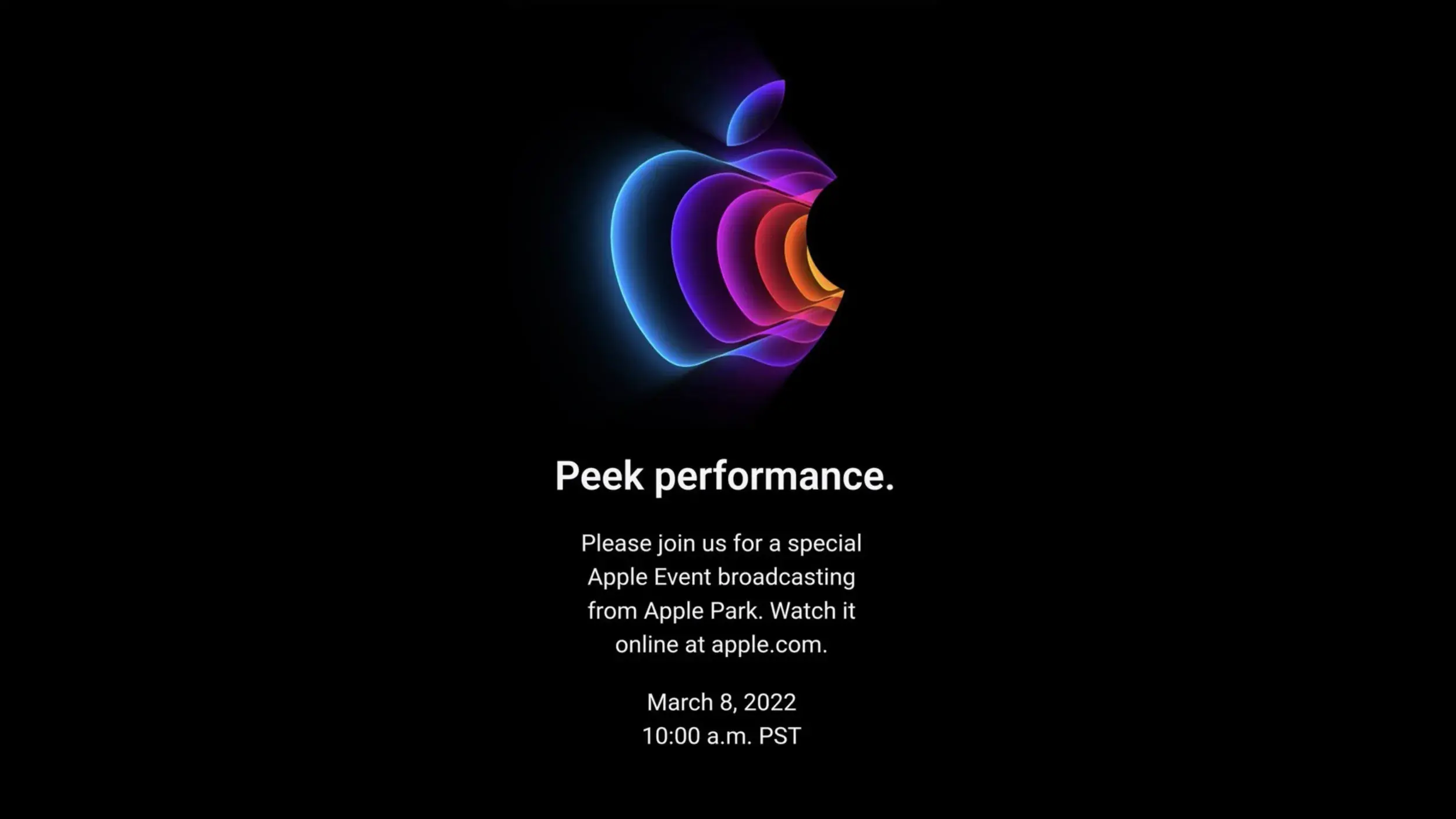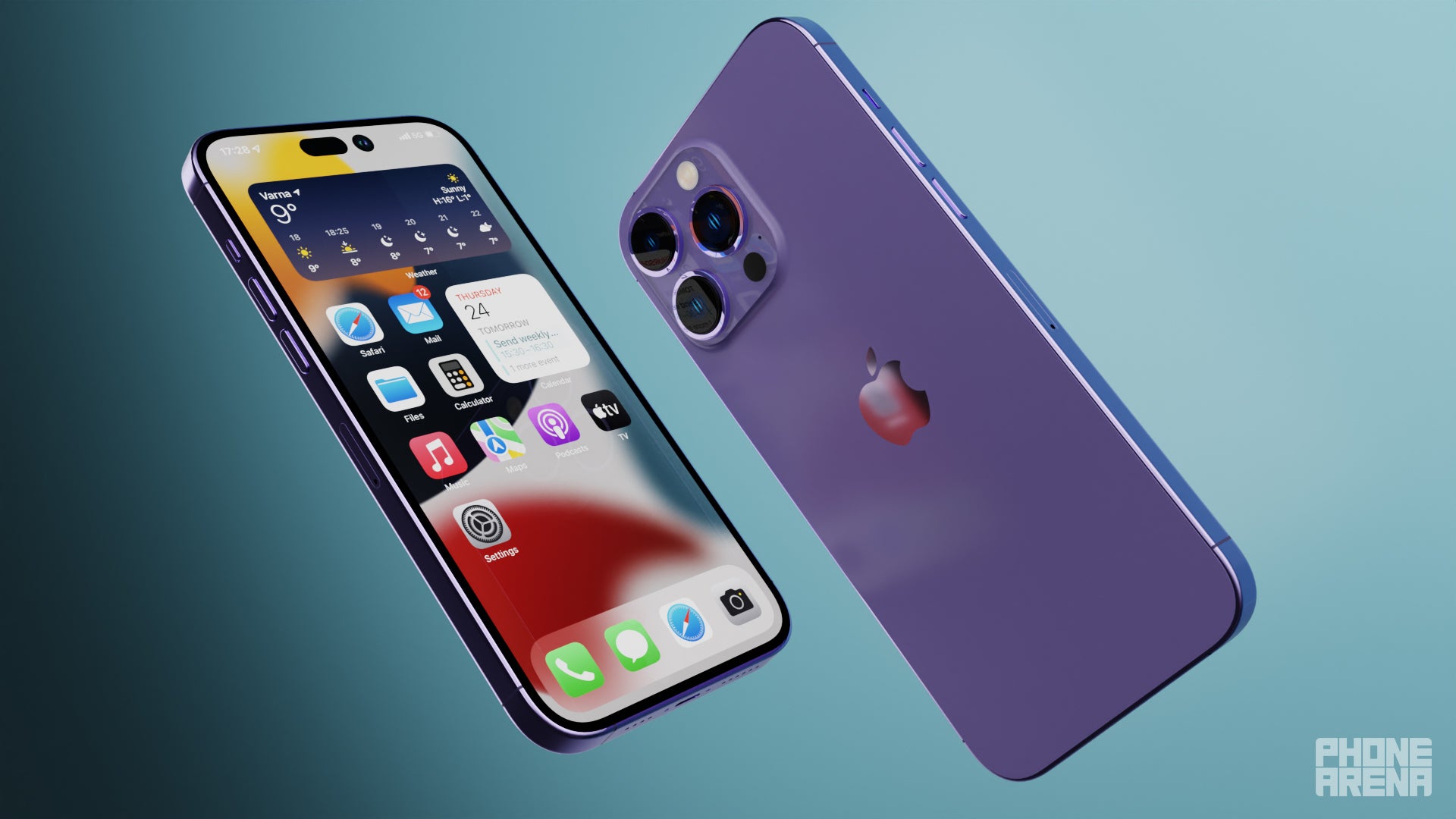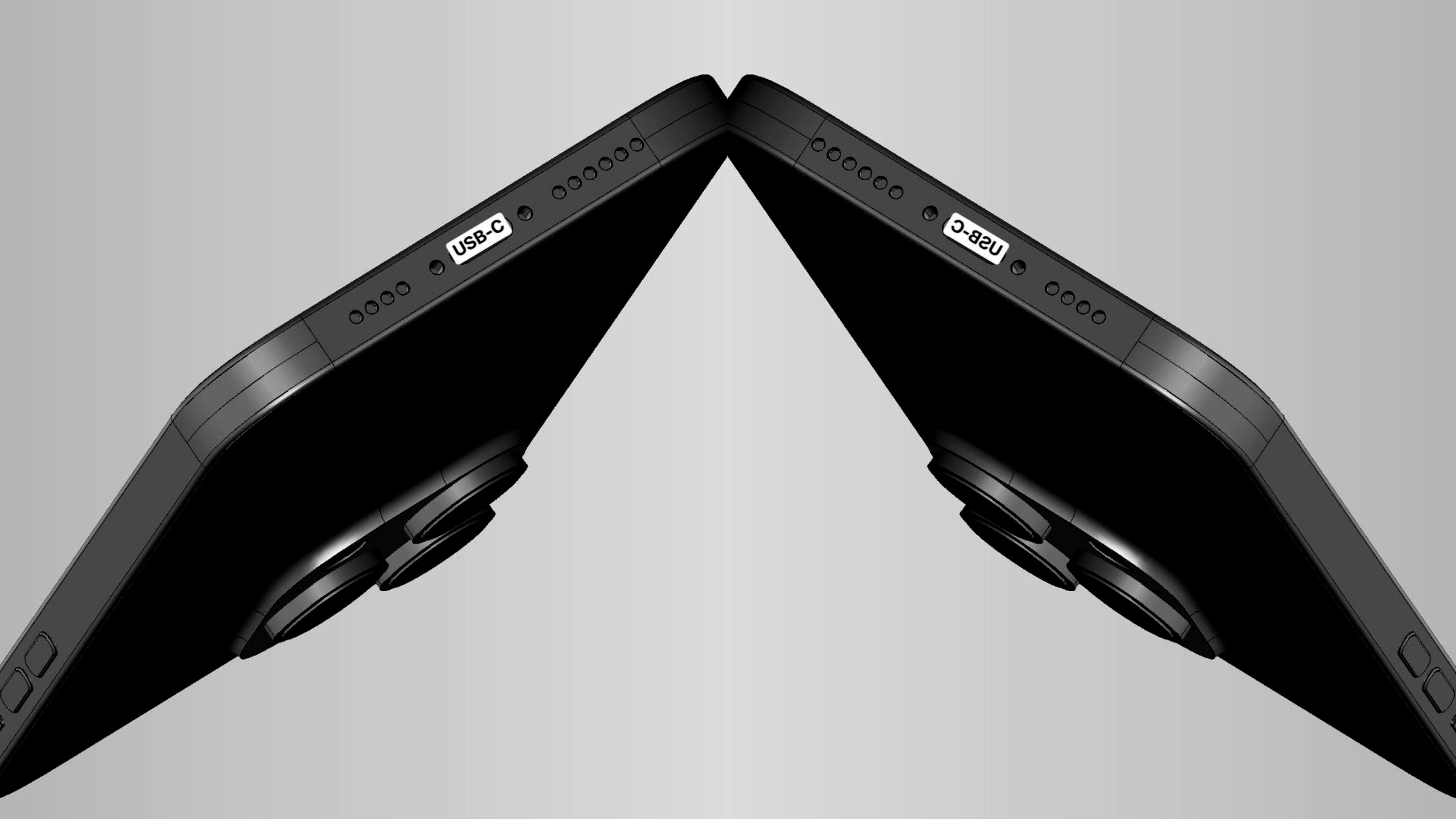Now, seriously… I know it might seem like “I’m coming in hot,” but before you start panicking, the good news is that Tim Cook & Co are brilliant at marketing, and Apple enjoys an unrivalled brand recognition, so millions of people will still buy the iPhone 14. But now, onto the not-so-good news (leaks and rumors)...
So, let’s take a look at what suggests that the iPhone 14 will be more of an “iPhone 13S” model, but also which expected upgrades might actually make it a viable option for people with older iPhones. Perhaps you’d be better off with a cheaper iPhone 13 or even waiting for the iPhone 15?
iPhone 14 becomes the first flagship iPhone to reuse an old processor, but Apple will get away with it
Pro-grade.
- iPhone 14 Pro and iPhone 14 Pro Max to get a brand new A16 Bionic chip
- iPhone 14 and iPhone 14 Max to reuse the same A15 Bionic processor found in the iPhone 13 lineup
That’s the big news, and by all means, that’s also the bad news for those who want the cheapest new iPhone. But! Not for the same reasons you’re expecting…For starters, the A15 Bionic is still the fastest chip on the market, even after a number of newer Qualcomm and MediaTek releases since September 2021. So we know that the “slow chip” argument isn’t the key to this casket.
And that’s where I see Apple ready to twist things in its favor. Although this is unconfirmed, I expect Cupertino to actually use the iPhone 13 Pro’s chip for the iPhone 14 and 14 Max instead of the one from the iPhone 13 and iPhone 13 mini.
“iPhone 14 gets a Pro-grade chip!” – Apple in September. Mark my words.
iPhone 14: Steve Jobs’ 15-year-old creation hits peak performance: Is this a real problem?

Maybe the tagline for Apple’s last event should’ve been saved for September 2022?
Yes and no.
Although we’ve never seen a new flagship iPhone with an old chip so far, in reality, year-over-year processing power gains aren’t as meaningful as you might have thought anyway. For example, the A15 Bionic chip found in the iPhone 13 series is only 7-10% faster than the A14 Bionic found in the iPhone 12 series, which itself is only 7-10% faster than its predecessor, the A13 Bionic, powering iPhone 11.
The bigger differences are seen in the manufacturing process (lower is better) where the iPhone 11-iPhone 12 cycle delivered a jump from 7nm to 5nm, making iPhone 12 more efficient. However, presumably due to the global chip shortage, iPhone 13 had to stick to the same 5nm processing. But it gets even more confusing, because iPhone 13 still managed significant efficiency gains over its predecessor thanks to bigger batteries and ProMotion on the iPhone 13 Pro and iPhone 13 Pro Max (the latter shattering all battery life records as far as flagships phones are concerned).
We’ll know the definite answer to this question in about five years when Apple eventually stops sending updates to the iPhone 13 and iPhone 14. However, my educated guess is that Apple will absolutely provide iPhone 14 and iPhone 14 Max with the same number of iOS updates as the iPhone 14 Pro because they are from the same lineup of phones, despite the differences in hardware.
- The old SoC on iPhone 14 and iPhone 14 Max will still be more powerful than any other (non-Apple) chip out there and capable enough to provide you with smooth performance for the next four-five years.
- The standard iPhone (iPhone 14 and iPhone 14 Max) or the iPhone that most people buy is reaching its peak and quite literally peak performance – that’s because Apple’s trying to differentiate it from its Pro siblings, which the company must upsell.
iPhone 14: Same design as before but new iPhone 14 Max model to the rescue

Apple has a purple Max surprise for you!
The other obvious factor that makes the iPhone 14 an iPhone 13S, in my view, is that the new 2022 model is expected to reuse the same old design which we’ve seen since iPhone 12. Yes, unlike its Pro counterparts, the modest iPhone 14 is expected to retain the infamous notch, which, although iconic, is slowly going out of fashion…Of course, the saving grace for Apple here is the brand new iPhone 14 Max model, expected to start at $900. Although, at first sight, it makes no sense, this one replaces the iPhone 13 mini, putting an end to Apple’s small small phone attempts.
The iPhone 14 Max will carry a bigger 6.7-inch display and a noticeably bigger battery than the regular iPhone 14, which is expected to retain its 6.1-inch screen. Although the 14 Max isn’t an entirely new concept for Apple (they already have a Pro Max iPhone), it will feel like something entirely new for those who want to pay less and get more.
Apple recognizes the demand for phones with bigger screens and bigger batteries, which allow you to enjoy content in a more immersive way and for longer. Therefore, I have no doubts that customers will respond positively with their dollars. In fact, it won’t be a surprise if the iPhone 14 Max becomes the best-selling iPhone 14 model (especially if the Pro models go up in price).
iPhone 14 and iPhone 14 Max to get new-old rear camera hardware but a brand new 12MP selfie shooter

14 is for the influencers!
As I like to point out, Apple likes to “recycle” Pro iPhone hardware by accommodating it for the new vanilla iPhone, and I don’t expect this year to be any different. When it comes to camera hardware, iPhone 13 borrowed the exact same sensors from the 2020 iPhone 12 Pro Max, and it only makes sense that iPhone 14 and iPhone 14 Max will borrow the primary and ultra-wide-angle cameras of the iPhone 13 Pro.
One exception to Apple’s hardware recycling rule will be the iPhone 14 and iPhone 14 Max’s selfie cameras, which are said to be getting a much-needed upgrade to a brand new 12MP sensor with a wider f/1.9 aperture with autofocus. This will help you and your friends stay in focus when taking photos and videos of yourself, and deliver improved low-light quality.
In the end: Should you get an iPhone 14… iPhone 13, or… wait for the iPhone 15?

To USB C or not to USB C?
Sure, iPhone 14 and iPhone 14 Max are sticking to the same old notch, and they are even expected to use the same A15 Bionic chip found in the iPhone 13. Then again, the notch will be housing the same Face ID found on iPhone 14 Pro (love it or hate it), and as we established the 8-core GPU A15 Bionic chip from iPhone 13 Pro will keep you going for years to come.
Also, the iPhone 13 Pro’s cameras are still incredible and will fit nicely with Apple’s $800 iPhone 14. Moreover, you’re getting a brand new selfie shooter – the same as on the iPhone 14 Pro.
Budget iPhone battery life is also expected to set new records, thanks to the iPhone 14 Max, and I’m sure that millions of iPhone customers will appreciate this and vote with their credit cards.
Get an iPhone 13 instead of an iPhone 14?
For those who like to shop for iPhones on places like eBay, 2022 will be your lucky year since you won’t be missing out on much at all by choosing last year’s iPhone.
Skip iPhone 14 and wait for iPhone 15 (with USB-C)?
Oh, boy. The big one. At least in my book.
After ages of “leaks” and rumors, iPhone 15 is now expected to switch to USB-C thanks to new European legislation (yet to be completed), and this is by far the biggest reason to wait for the 2023 model. But it gets better…

